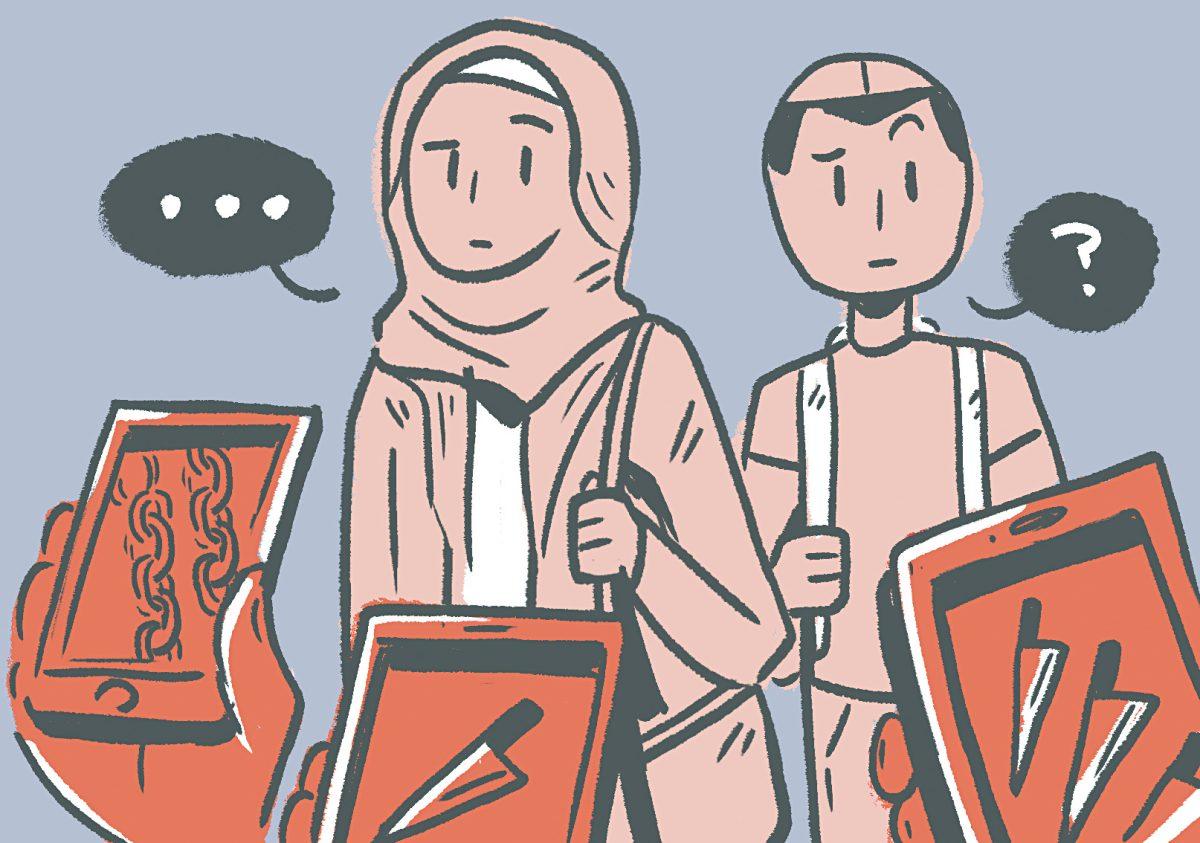One of the biggest consequences of being a minority sect in the midst of a big religion like Islam is that our traditions and viewpoints are never accurately represented in mainstream media, textbooks or even among other members of the Islamic community. As a Twelver Shiite, a sub-branch of the Shiite sect of Islam, my customs and traditions have significant value but are either unknown or misrepresented. With the start of Muharram, the first month of the Islamic lunar calendar, there is no better time to clarify the significance of the month and clear up the misconceptions that surround it.
For most of the Muslim world, Muharram is just the start of the new Islamic year. But for Shiites, it’s a period of mourning and respect for the sacrifice of Imam Hussain ibn Ali, the grandson of the Holy Prophet Muhammad. Around 1,400 years ago, Imam Hussain and his 72 companions fought the injustices of the caliphate in the desert of Karbala, but they were all brutally murdered. Beyond the religious aspect of Imam Hussain being the grandson of the Prophet Muhammad, the tragedy of Karbala is an emotional story that holds life lessons applicable to all of humanity. Imam Hussain stood up against the leadership of the Umayyad caliph Yazid ibn Muawiyah, because he unjustly misrepresented the Muslim community. Imam Hussain sent a severely outnumbered army to fight Yazid that included members of his own family, a battle that ended in massacre. The event in Islamic history is left out of mainstream Islam, yet it monumentally shaped the foundations of Shiite faith and tradition. This tragedy became a part of a yearly ritual to commemorate the sacrifice of Imam Hussain during this month, with emphasis being placed on the first 10 days.
While attending both Middle Eastern history and Islamic culture classes at UTD, I have noticed how the majority of course content is based almost entirely on conventional history without much acknowledgement of Shiism. As the beginning of the semester coincided with Eid al-Adha, my classes took the opportunity to discuss the Islamic holiday and dedicate the introductory lessons to its significance. Yet when Muharram began two weeks ago, my professors failed to mention the customs, events and significance of this month in relation to Islamic history, only that it was the beginning of the Islamic calendar. My beliefs were considered less important because they did not conform to “mainstream Islam.” The tragedy of Karbala is a part of Islamic history, but it’s hardly addressed in the courses and contexts where it should be.
The most common misconceptions associated with Muharram and Shiites are that we celebrate, hit our chests and beat ourselves with knives and chains. The tragedy of Karbala is emotional and sad. It’s not a festival or celebration but a period of mourning. We attend gatherings known as a “majalis,” where we commemorate and listen to the narrations of the tragedy. Beating the chest is known as “maa’tam” and has been derived from the concept of the physical reaction in times of grief. From there, when reciting forms of poetry known as “latmiyats” and “nohas,” a rhythm is created by beating the chest, and it isn’t supposed to be hard or physically abusive on the body. Though there are people who do it more intensely, it is often because they feel emotionally connected to their history which “maa’tam” allows them to express.
The use of chains and knives is publicly depicted as a widespread Muharram practice, but it’s only performed by a minority of Shiites. A 2016 article by the British newspaper The Independent about Muharram was headlined “Ashura 2016: Self-flagellation begins as Islamic world marks religious festival”, and throughout the entire story, there were images of shirtless men and boys beating themselves with chains and swords. If that happened at my mosque, those individuals would be asked to leave immediately. This flagellation is an extreme form of “maa’tam” known as “tatbir,” a practice that has been condemned by both Ayatollah Sistani and Ayatollah Khamenei, major world leaders for the Twelver Shiite school of thought. In a 1994 sermon, Khamenei said, “If someone does anything to display their desire to practice tatbir, I will be deeply disappointed in them…this is certainly an unlawful action, one which Imam Hussain would not be pleased with, as practiced today.” Ayatollah Sistani’s liaison office has also claimed that “one is not allowed to harm the body or the noble reputation of the faith”. Ultimately, the promulgation of tatbir as the primary portrayal of Muharram serves only to perpetuate the misconceptions behind this month and its customs.
The assumptions about Shiite Islam and Muharram stem from ignorance and a lack of the Shiite perspective seen in most Islamic history and culture. Islamic unity is important, but these misconceptions prevent an understanding of Shiite culture, and hinder the humanitarian message from Karbala. Imam Hussain’s story emphasizes loyalty, family, faith and standing up against injustice. Understanding the historical and cultural context of Muharram is necessary to create an understanding of the month’s significance alongside an accurate perception of our customs.






